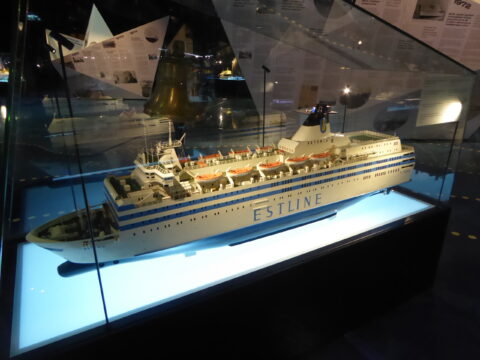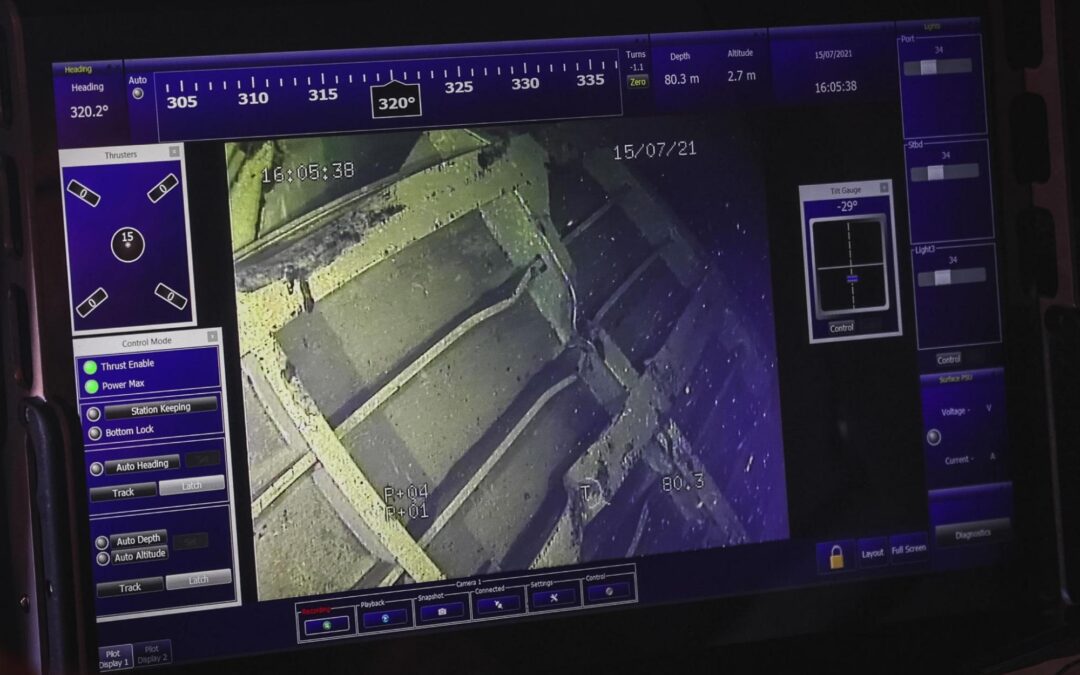This month, the SA Mare Liberum fund that was established upon an initiative of close relatives of people who died in the sinking of MS Estonia, is organising a privately initiated expedition to the wreck of the ferry. The goal of the expedition is to find answers to questions that have still not been answered by state investigations over the past 27 years.
The ferry Estonia sank on 28 September 1994 during a heavy storm in the Baltic Sea on its way from Tallinn to Stockholm. 852 people lost their lives. It was the largest European maritime disaster since the Second World War.
The organiser of the expedition SA Mare Liberum is a fund that was founded in July this year. The fund’s manager is the former state prosecutor Margus Kurm, who in 2005-2009 was the head of the committee for investigation of the sinking of Estonia. The members of the council of the fund are Piret Kergandberg, Raivo Hellerma and Carl Eric Laantee Reintamm.
Also read: ‘Estonia ferry disaster caused by collision with submarine’
Underwater research and interviews
In the course of the investigation project, SA Mare Liberum plans to conduct underwater research in order to investigate the shipwreck on the sea bottom, and to interview survivors of the catastrophe once again. After gathering evidence, the entire collected material will undergo a thorough scientific analysis. Additionally, a 3D model of the bow visor of Estonia has been prepared, which now makes it possible to study damage of the visor from the distance.
The expedition seeks to answer the following questions:
- Why and when did the visor disconnect from the ship?
- Did the ramp completely open before the sinking of the ship?
- What exactly are the damage locations on the right deck, when and what caused such damage?
- Why and when did intermediary walls of the abaft and car deck of the ship become damaged?
- Does the hull of the ship have any more damaged locations of which we do not know?
- What objects are located around the wreck and in the assumed trajectory of the sinking of the ship, and what is their connection with the sinking of the ship?
- How exactly did different parts of the ship get filled with water?
Also read: Divers complete investigation at wreck of ferry Estonia
Diving expedition with RS Sentinel
The diving expedition is currently underway and is being conducted using dive support DP 2 vessel RS Sentinel. The ship belongs to the German company RS Offshore. During the voyage, multibeam and side-scan sonars, a magnetometer, an airlift and other necessary machines will be used. The expedition will include two crews of underwater robots with a total of four robots of different sizes, as well as four divers with supporting personnel and equipment. During diving operations damage spots on the hull of Estonia will be mapped and 3D-scanned, and the areas surrounding the car deck and the shipwreck will be studied.

Materials gathered in the course of the SA Mare Liberum investigation project will be analysed by dr. Andrzej Jasionowski, whose SophusQuorum Pte. Ltd. company registered in Singapore specialises in expert examinations of sea accidents. He has already dealt with topics concerning Estonia before – in 2005-2008 he was a member of the scientific consortium SSPA, which conducted a number of different studies regarding Estonia under the order of the Swedish government.
Two investigations
A government investigation of the site by the Estonian Safety Investigation Bureau and the Swedish Accident Investigation Authority has already taken place. Holes in the ferry’s hull filmed earlier by documentary filmmakers were among the prelimininary findings.
Also read: Sweden confirms holes in hull of Estonia shipwreck
The organisation of this private investigation says, however, that its investigation must be viewed as a constructive competition to the official investigation and that any parallel investigation will be useful. All materials collected during this privately initiated expedition will be made public. The materials will be provided to the Safety Investigation Bureau as well. It expects the two investigations to complement each other.
The activities and the investigation project of SA Mare Liberum are funded from donations and the sale of media rights. The biggest supporter from Estonia is Postimees Grupp, which among others owns media channels such as Postimees, Kanal 2, BNS and Radio Kuku. The estimated cost of the investigation is around 800,000 euros, of which 460,000 euros will be covered by Postimees, and the remaining part is to be donated by Swedish and Estonian supporters.
Picture (top): ROV footage of the Estonia shipwreck (by the Swedish Accident Investigation Authority).








